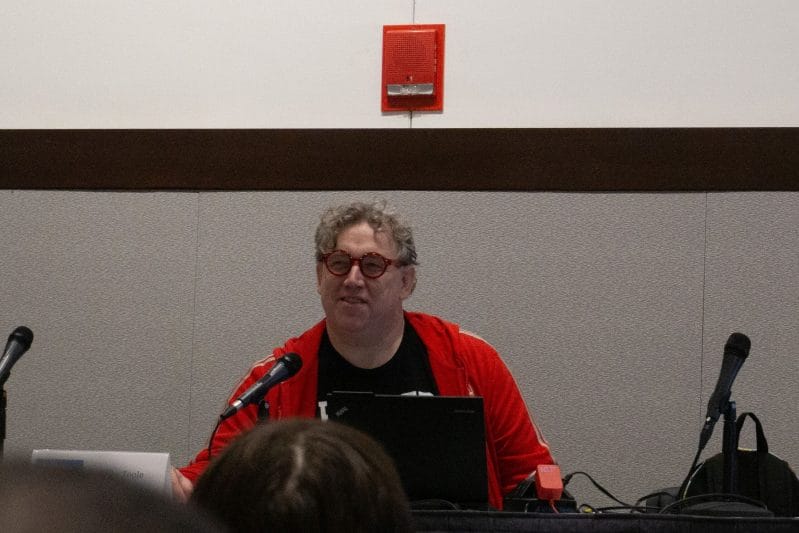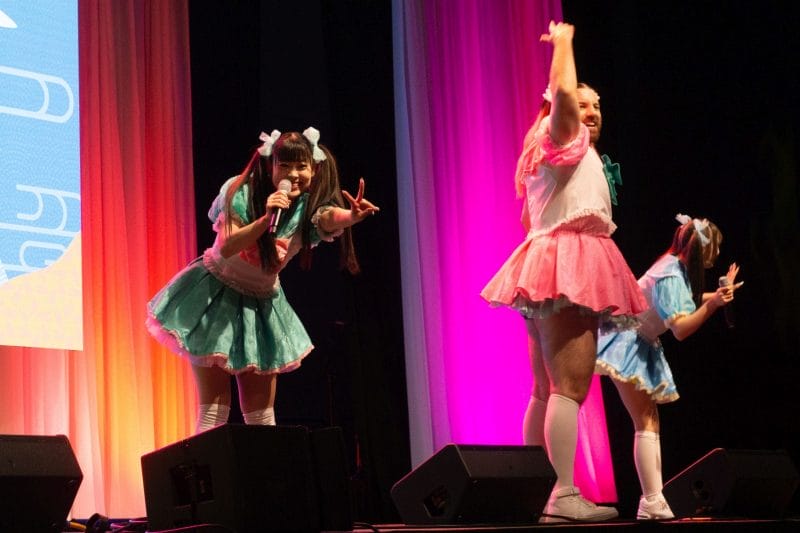Godzilla Minus One

King Kong.
Fat Man and Little Boy.
Godzilla was born from giant monster movies and the atomic bomb, in equal measure. After all, it’s impossible to deny that, despite its spectacular trappings, the 1954 Toho original was a dark film:
“We’ll be joining your father in just a moment. A little longer, a little longer, and we’ll be with your daddy.” -A mother to her daughter
Godzilla has always been political, as the original work spoke to Shigeru Kayama’s view of nuclear weapons. More recently, Hideaki Anno produced the brilliant Shin Godzilla as a direct reaction to the Fukushima nuclear disaster, as well as the government’s response to the 2011 Tōhoku earthquake and tsunami, as a whole. Anno’s screenplay was not subtle in its distaste for the Japanese government and its bureaucracy.
I was very excited when I went to the Japan Society to attend their screening of Godzilla Minus One. This was Takashi Yamazaki’s chance to deliver his own take on the King of the Monsters’ origin story. And while we do get to see some of that (via Bikini Atoll), I didn’t realize that the film would be focusing on Kōichi Shikishima’s story (Ryunosuke Kamiki). Kōichi Shikishima is a kamikaze pilot who feigned engine problems to dodge carrying out his mission. Throughout the film, he struggles with both survivor’s guilt, and PTSD from Godzilla’s initial rampage. Director Yamazaki pulls no punches here. The war is not over for pilot Shikishima.
Here is where I should note that Ryunosuke Kamiki is one of the greatest actors in the world. He does a phenomenal job giving Shikishima depth and focus. He’s in pain, but he hasn’t lost hope. Hidetaka Yoshioka, meanwhile, does a masterful job as Dr. Kenji Noda, who is forced to pit his brains against Godzilla’s brawn.
I’ll avoid spoilers and merely say it felt like a fair fight.

Minami Hamabe stuck the landing as Noriko, Shikishima’s girlfriend. Together, they are raising an orphan, Akiko, with a great deal of help from their neighbor, Sumiko (Sakura Ando). Sumiko despises Shikishima for surviving the war when her own children did not. It was notable that her hatred towards Shikishima in no way affected her love of Akiko.
Where Shin Godzilla attacked the Japanese government via its ineffective presence, Godzilla Minus One directly confronts its lack of respect for human life, as well as its absence in the post-war era.
Director Yamazaki does a good job of showing the squalor of post-war Japan without shoving it in our faces. But… the slums and outskirts are not Godzilla’s target. Rather, he strikes at the rapidly rebuilding cities. All the while, we bear witness to the destruction and terror. The famous train scene from the original is revisited as is, of course, the atomic breath.
I recommend seeing Godzilla Minus One on the big screen. This is a kaiju movie where the monster isn’t focused on other kaiju. He’s coming for us.
The Boy and the Heron
 As with Godzilla Minus One, I was given the opportunity to see The Boy and the Heron at a special screening at the Japan Society. I want to be very careful with spoilers here, but I can say that this is clearly a deeply personal film for Miyazaki. I can also say that it was at least partially inspired by his friendship with Joe Hisaishi.
As with Godzilla Minus One, I was given the opportunity to see The Boy and the Heron at a special screening at the Japan Society. I want to be very careful with spoilers here, but I can say that this is clearly a deeply personal film for Miyazaki. I can also say that it was at least partially inspired by his friendship with Joe Hisaishi.
I had mixed feelings watching The Boy and the Heron. It’s certainly technically impressive, and Ghibli’s animation has reached a new level. At the same time, they also had a bit of fun with the general fascination with the food in Ghibli films.
At the same time, though, it was also much darker than I expected. Being cute does not provide plot armor, and the level of savagery and death took me aback. Princess Mononoke made it clear in advance that there would be blood. That was not the case for The Boy and the Heron.
There’s also the pain of the main character, Mahito. His emotional suffering leads him to self harm, Which was striking to see in a Ghibli movie.
Perhaps the darkness fits with Miyazaki’s mood these days. He has famously retired and un-retired multiple times, and I have to think that he regards this as his final work. The old master wizard is spent, and the usurpers aren’t fit to lead. I should note that this isn’t remotely close to subtext. Miyazaki was far from subtle about his feelings towards passing the torch.

I don’t want to suggest The Boy and the Heron is a bad movie. On the contrary, it very much is not. But, where I unabashedly loved Godzilla Minus One, I walked out of The Boy and the Heron in a much more reflective state. It’s a deeply serious film.
The Japan Society

I was able to view both of these films at The Japan Society. At the time, they were also hosting a screening of Poupelle of Chimney Town with Akihiro Nishino but I was unable to attend due to scheduling conflicts. More recently, Yuji Sakamoto spoke at a screening of Hirokazu Kore-eda’s Monster, and they are currently hosting a 35MM retrospective: Taisho Roman: Fever Dreams of the Great Rectitude.
In short, The Japan Society has become an elite fine arts theater of Japanese cinema. As both a cinephile and a fan of Japanese culture (shinnichi), I very much appreciate this.
I’ve also enjoyed their theater festival, Japan Cuts. During the dark times of COVID, I was able to catch up on the independent scene, which is why I am begging—absolutely begging— the Japan Society to please bring Japan Cuts back to streaming in 2024. As much as love visiting The Japan Society, more accessibility is better.
As a final note, If you do get a chance to visit The Japan Society, Kaoru restaurant is quite close and quite good. I happened to see Acky Bright there before the Godzilla Minus One screening.
He knew.












